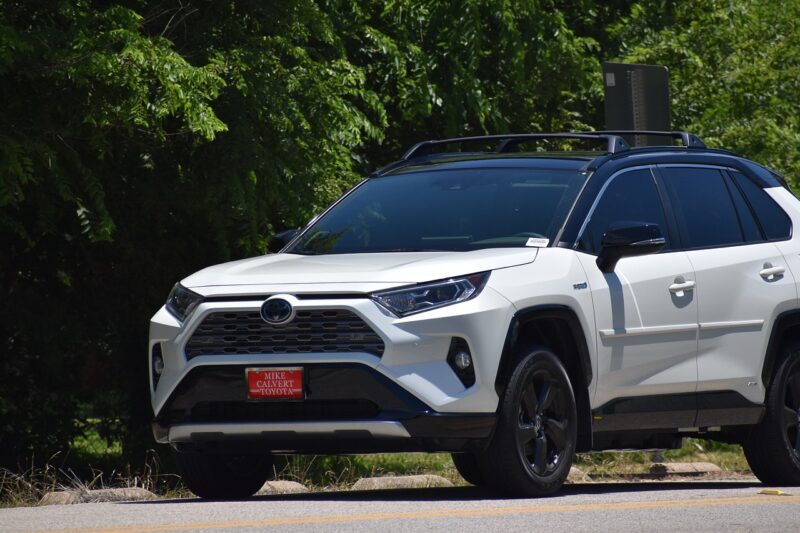
Comic books have been a staple of popular culture for decades, merging dynamic storytelling with stunning artwork. Among the many narratives that draw fans in, crossovers stand out for their ability to blend different characters and universes into a single, impactful storyline. These events not only showcase the creativity of writers and artists but also allow fans to see their favorite heroes interact in ways that can lead to unforgettable moments.
In this article, we’ll dive into some of the best crossovers in comic book history and explore why these narratives resonate with fans so deeply.
1. What is a Crossover?
A comic book crossover is an event where characters from different series or even different publishing companies come together for a collaborative story arc. This can manifest in various ways, such as:
- Team-ups: Where two or more heroes join forces to battle a common foe, often from different comic series.
- Event Series: Major publishing houses like Marvel or DC will have event series that involve multiple titles over a designated time, impacting each character’s storyline.
- Multiverse Stories: Exploring alternate realities or versions of characters leads to unique interactions that couldn’t occur in their original universes.
Crossovers can be a thrilling escape for readers, and the anticipation for such events often ramps up excitement within the comic book community.
2. Iconic Crossovers that Shaped Comic Book History
A selection of crossover events has not only defined comic book narratives over the years but also laid the groundwork for storytelling in the medium. Here are some standout examples:
Marvel vs. DC (1996)
One of the most talked-about events in comic book history, “Marvel vs. DC” saw heroes from both iconic publishers come together, resulting in epic battles such as Batman vs. Captain America and Spider-Man vs. Superboy. This crossover not only highlighted character strengths but also raised important questions about their philosophies, allowing fans to debate who would win if these titans clashed.
Crisis on Infinite Earths (1985-1986)
A watershed moment in DC Comics history, “Crisis on Infinite Earths” was an ambitious attempt to streamline the complex multiverse of DC characters into a cohesive narrative. The storyline involved the destruction of the multiverse and the emergence of the new universe, forever changing how readers viewed iconic characters.
The Infinity Gauntlet (1991)
Written by Jim Starlin, “The Infinity Gauntlet” brought together the Avengers, cosmic heroes, and even the X-Men against the Mad Titan Thanos, who seeks to acquire all six Infinity Gems. With incredible stakes and character dynamics, this storyline not only captivated fans but also paved the way for the successful Marvel Cinematic Universe adaptation.
The Dark Knight Returns (1986)
While not a traditional crossover in terms of character sharing, Frank Miller’s narrative redefined Batman, showcasing him in a dystopian future where he comes out of retirement. The graphic novel intertwines various narrative elements and characters, influencing both comic storytelling and adaptations in film and television.
3. The Appeal of Crossovers for Fans
Crossovers hold a unique allure for comic book fans for several reasons:
- Nostalgia and Fan Service: Fans relish seeing their favorite characters interact, rekindling memories of older comics and stories they grew up with. This nostalgia fuels the interest and excitement surrounding crossover events.
- Increased Stakes: Crossover events often come with escalated stakes. When beloved characters from different storylines are at risk, it heightens the tension and makes for compelling reading.
- Diverse Storytelling: Combining different tonalities and genres within a single crossover enriches narratives. Fans get to enjoy something fresh that breaks away from the ongoing series’ standard formats, allowing for creativity to flourish.
- Community Engagement: Crossover events generate chatter in the fan community, leading to spirited debates about character capabilities and preferences. Such discussions help foster a sense of community and belonging among comic readers.
Crossovers are not merely marketing tools; they represent an intricate blend of storytelling that invites fans to engage deeply with their favorite characters and universes.
4. The Future of Comic Book Crossovers
As the comic book industry continues to evolve, so too does the concept of crossovers. With the advent of digital comics and the rise of independent creators, unique crossover events are likely to take new forms. Here are a few potential future trends:
- Multimedia Collaborations: As comic books grow interconnected with movies, video games, and TV series, future crossovers may blend various media formats, creating richer experiences for fans. For example, tie-ins between a comic and its cinematic universe could enhance storytelling depth.
- Fan-driven Content: Platforms like Webtoon and Tapas have enabled indie creators to tell unique stories, leading to crowd-sourced crossovers. Readers might see characters from different independent works collaborating based on fan engagement.
- Emphasis on Diversity: As the industry opens up to more diverse creators and characters, future crossovers could highlight underrepresented heroes, offering fresh perspectives and stories that resonate with wider audiences.
Crossovers will continue to play a vital role in the comic book landscape, enticing fans with new adventures and character dynamics.
Conclusion
The best crossovers in comic book history do more than just combine characters—they blend imaginations and expand narratives. These stories have shaped the identities of the characters we love and offered new dimensions for exploration. From team-ups to multiverse threats, crossovers remain a cornerstone of storytelling that continues to captivate audiences. As fans, we can only watch in anticipation for what comic book writers will conjure up next, hoping to witness the extraordinary blend of creativity, nostalgia, and excitement that only crossovers can deliver.







